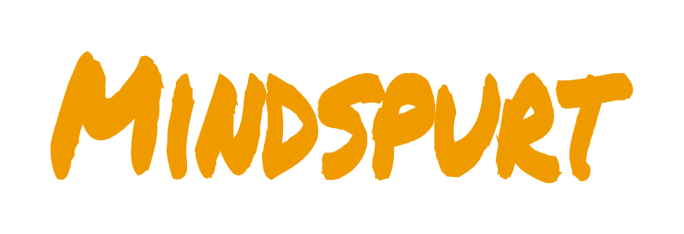Brainstorming has been proven to be an effective method for solving problems in previous posts. However when do you put this useful tool into practice?

Here are a few examples of what brainstorming best suited for:
Troubleshooting business related problems
Whether it is troubleshooting new product developments or finding the root cause of a customer related issue; brainstorming is an excellent method to fix and improve upon business related issues. The key to utilize effective brainstorming for business is to have the right team present in the brainstorming session and also to clearly scope out the problem.
Working with new project ideas
Brainstorming is also an excellent tool for students. It can be used as a tool to identify project ideas for e.g. a new science project or alternatively to brainstorm solutions to complex problems. Toggl has some useful tips for follow when brainstorming new projects:
- Ensure that anchoring doesn’t take place i.e. where specific individuals in a group do all the talking; thus preventing a more diverse range of perspectives on the problem
- Ensure that you have a reasonable group size (2-6 people). This can avoid chaos and also ensure that there is enough time for everyone to contribute their opinions.
- Share ideas in writing to accommodate introverted attendees
- Choose a creative setting to get the creative juices flowing
Escaping writers block
Brainstorming does not only prove useful in the corporate setting; it can also be used as a creative outlet for people suffering from issues like writers block. This post by the writingcentre summarizes some useful techniques to use for writers block. These include:
- Freewriting – writing down everything that comes to mind when you think of your topic
- Playing the journalist – assume that you are a journalist questioning yourself about the topic you intend on writing; During this exercise answer questions like “Who?”, “what?”, “when?”, “Why?”,”How?”
- Clustering/idea mapping – draw a center circle to represent your main ideas; then start drawing stems connecting other circles representing more narrow topics.
Do you love learning about multiple subject areas? Then you may be a polymath. Read: Your Ultimate Guide To Being A Polymath; to understand how to harness your mind’s full potential.





